Search Images
Browse Content (p. 1499)
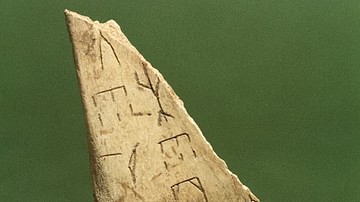
Image
Oracle bone
Chinese oracle bone dating from the Shang Dynasty.
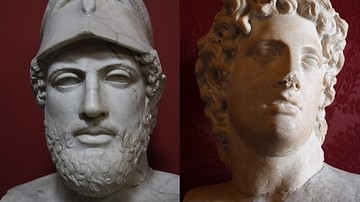
Image
Ancient Generals
Top left: Athenian statesman Pericles (495–429 BCE). Top right: Athenian statesman and general Alcibiades (c. 451-403 BCE). Bottom left: Alexander the Great (356 - 323 BCE). Bottom right:Roman general Scipio Africanus the Elder, 236-183 BCE...
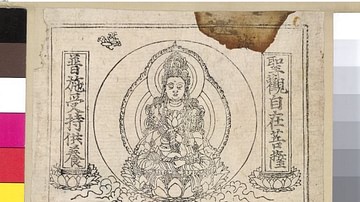
Image
Chinese woodblock print
Woodblock print in the shangtu xiawen format (illustration above, text below) from the 9th century CE, Tang Dynasty. The top part shows the seated Bodhisattva Avalokitesvara, flanked by two inscribed cartouches. The bottom part contains a...

Image
Emperor Xuanzong
Emperor Xuanzong (r. 712-756 CE) of the Tang Dynasty.

Image
Empress Wu Zetian
Empress Wu Zetian (r. 683-704 CE) of the Tang Dynasty. Image taken from An 18th-century album of portraits of 86 emperors of China, with Chinese historical notes. Originally published/produced in China, 18th century. (British Library, Shelfmark...
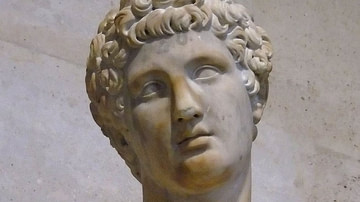
Image
Adonis
Adonis, 17th-century restoration of an ancient marble torso.
Louvre Museum, Paris.

Image
Miltiades
Bust of Miltiades on display in the Athens War Museum.

Image
The Judgement of Paris Mosaic
Mosaic depicting the Judgement of Paris, one of the preliminaries in the Trojan War story. The mosaic, dating to the second century CE, adorned a dining room in the house of a wealthy Roman in Antioch on the Orontes (modern-day Southeastern...

Image
Aztec New Fire Ceremony
The lighting of fires during the Aztec New Fire Ceremony of 1507, a ritual held every 52 years to ensure the continuation of the Sun. The priests carry fire bundles and wear turquoise masks in imitation of the fire god Xiuhtecuhtli, as do...
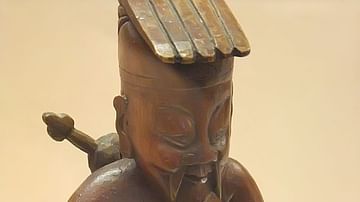
Image
Lu Dongbin
A wooden figurine of the Chinese scholar and philospher Lu Dongbin. He was elevated to immortal status by followers of Daoism. Lu Dongbin lived in the 9th century CE during the Tang Dynasty. (Field Museum, Chicago)